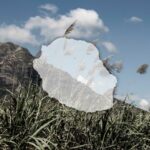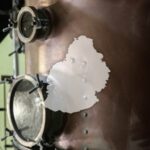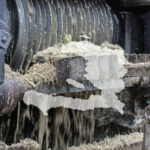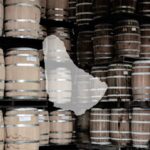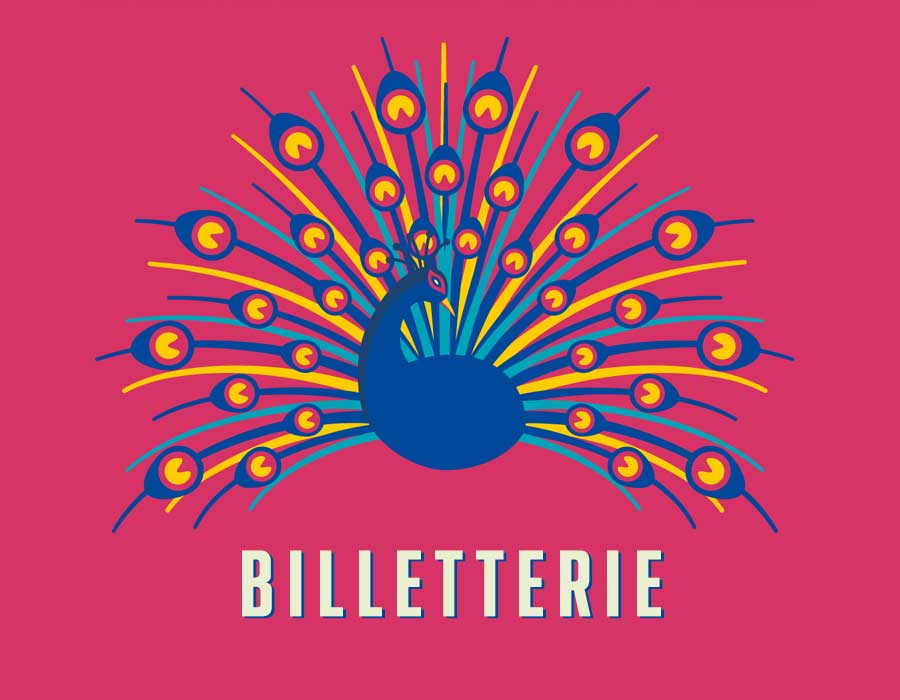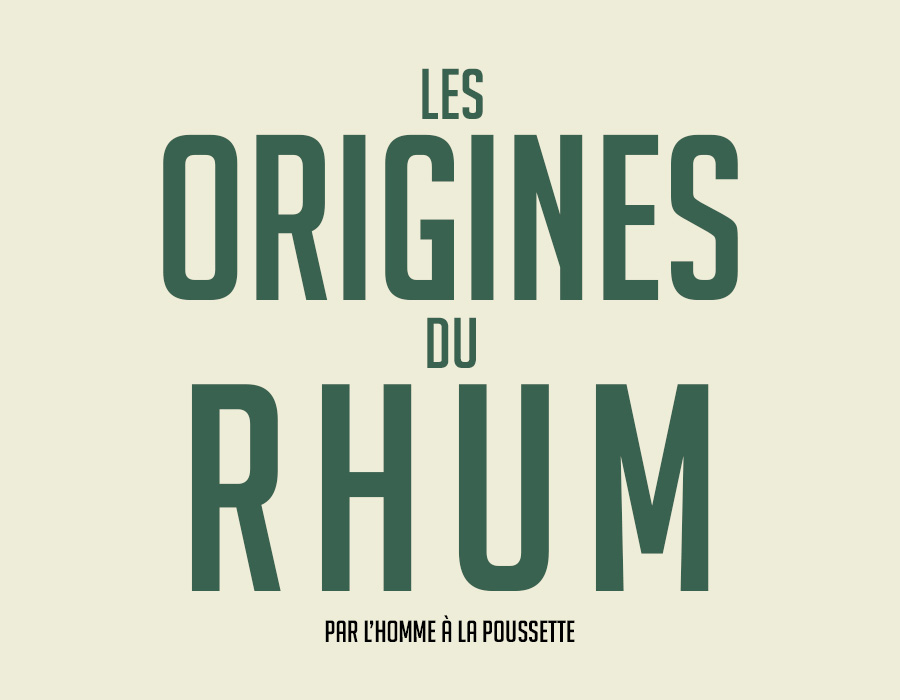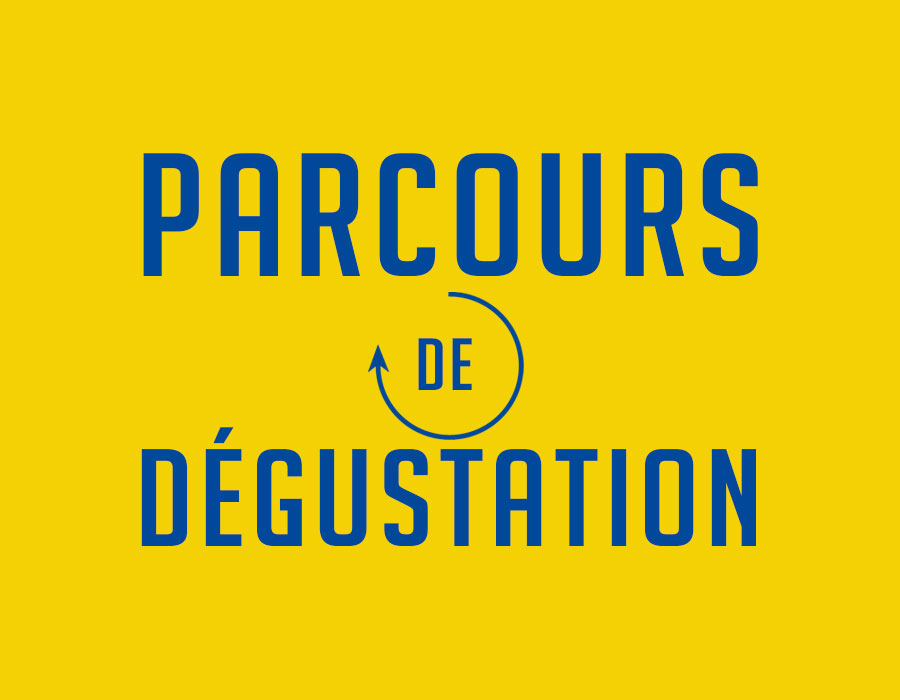Dominican Republic rum, get to the bottom of the bottle
Why does a rum from the Dominican Republic develop this aromatic profile? Let’s go from the bottle to the cane to find out.
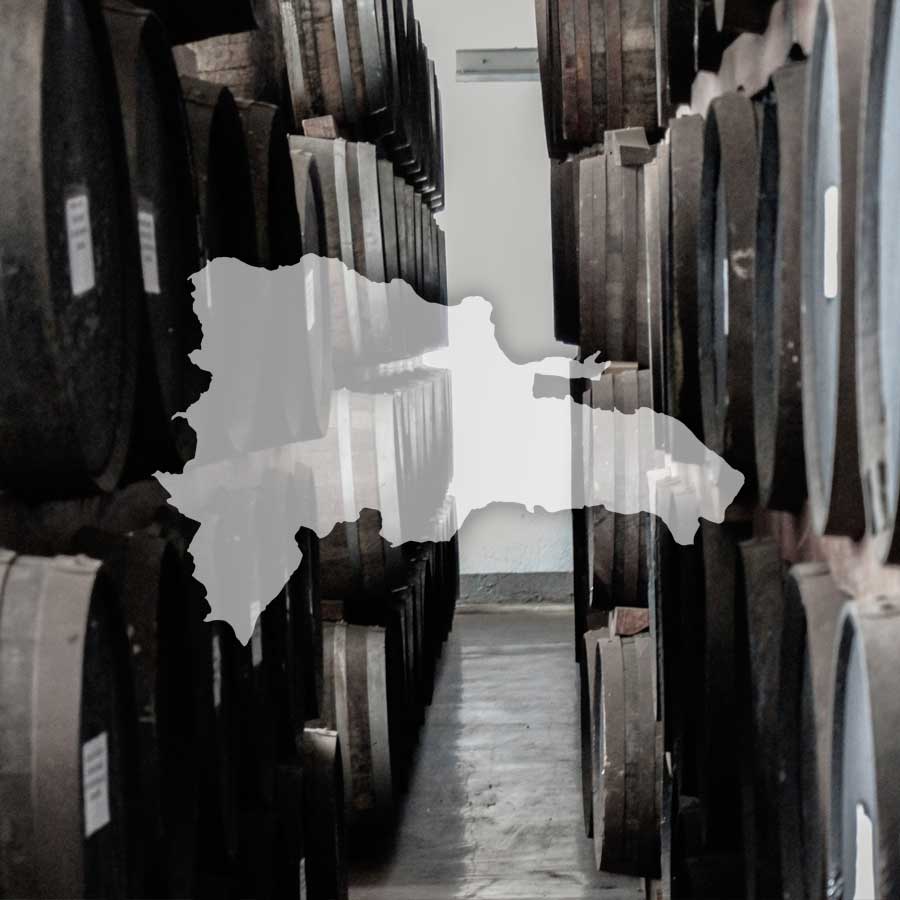
Your footsteps lead you by chance (my goodness!) to your favorite stall: your rum cellar. You decide to cross the threshold, it would be too stupid not to take advantage of this stroke of destiny (but of course…).
“Hello, Mr. Cellarman, I just happened to be passing by, so I thought I’d pop in.”
Your wine merchant greets you with a knowing smile, and asks you straight out if you know anything about Dominican Republic rums. Not being the case, you show your curiosity.
He then mentions large production volumes, different raw materials, molasses that is exported (to Barbados, among others) and a special aging method…
Knowing him, you anticipate having to take several bottles home with you, but you’re wrong (yes, it happens a lot, and it’s normal). He points you to a single bottle, explaining that it’s enough to capture the most common profile of Dominican Republic rums.
Once you’re home (again, by chance, of course…), you make yourself comfortable and take out a tulip-shaped glass to pour in two or three centilitres of your new acquisition.
This rum profile is not unfamiliar to you: caramel, vanilla, light oak, a little coconut and some nuts. You associate these aromas with a classic Hispanic-style rum.
Your nose and palate have not deceived you: rums from the Dominican Republic are very similar to Cuban rums, and sometimes even to Central American rums.
The one in your glass is light, but with little – if any – sweetening.
Your wine merchant mentioned rums that can be made from a variety of raw materials; yes, he knows a thing or two. Indeed, while most of the island’s distilleries use only molasses, one of the two largest uses only cane juice. So why didn’t your purveyor of delicious liquids encourage you to buy a bottle of each?
The reason is simple: rums from the Dominican Republic are produced in such a way that the raw material preferred by the distiller cannot be felt in the bottle.
How do you do it, you might ask (and, if we were teasing, we might add “why?”)?
Nothing could be easier (well, you’d need a big factory, anyway). First of all, you need to carry out very short fermentations, during which the aromas have very little time to appear and develop.
Then, in the second stage, distillation on a multi-column system produces a distillate flirting with 96%, approaching aromatic neutrality.
With this rum production process, the choice of raw material is of little importance, since organoleptic characteristics are virtually erased at the column outlet.
The resulting “rum” is a blank page on which the barrel can write whatever it wants – or rather, whatever the cellar master decides.
Ageing is at the heart of the aromatic profile of these rums. As the casks used are traditionally ex-bourbon, the classic aromas of caramel, vanilla and coconut take precedence.
Although the rum you taste appears to be free of added sugar, it’s worth mentioning that, depending on the brand and vintage, sweetening can be significant, until the sweetness is very perceptible on the palate. In fact, it’s not uncommon for the amount of added sugar to be greater on older references – which may seem surprising.
Another practice is adopted by some producers in the Dominican Republic – but also by many Latin rum brands in general. A system of “dynamic aging”, known as the solera method.
This technique has its origins in sherry production in Spain. It allows blending to take place throughout the ageing process.
A solera is made up of several rows of casks stacked one on top of the other. Each row contains eaux-de-vie of the same average age, the youngest at the top, the oldest at the bottom. This last row is called solera, while the others are called criadera.
The bottles are filled with the liquid from the lower barrels (the solera).
The barrels, never completely emptied, are then topped up with the contents of the top row (the oldest criadera). The space thus freed is then filled with juice from the barrels above, and so on. The space occupied by the rum (in this case) contained in the barrels on the highest level is replaced by freshly poured distillate.
It is said – by users of this method – that the older juices “educate” the younger ones, ensuring consistency in the rums produced.
Beware, however, of the practice by some brands of indicating on the bottle the age of the oldest rum in the blend. In Europe, however, this is now forbidden, as it is the age of the youngest component that must be apparent on the label (when an age is indicated, of course).
In order to adapt to more discerning palates, distilleries in the western part of Hispaniola are beginning to raise certain alcohol percentages slightly, and to introduce a few innovations. For the time being, these only concern the ageing stage, with, for example, barrels that are more or less “bousiné”, finishing touches and even roasting of local ingredients in the barrels before the white rum is tapped.
We’ll see what the future holds.
That’s it for this little tour of Dominican soil, at the end of which you’ll have enough information to understand and appreciate the rums that originate there.
You’re welcome.

